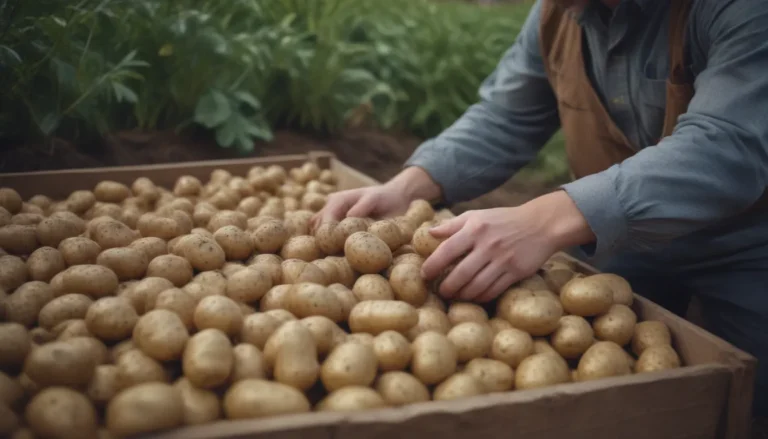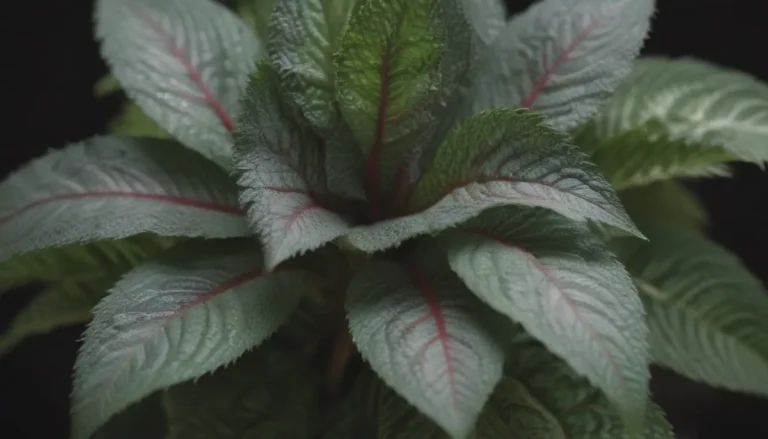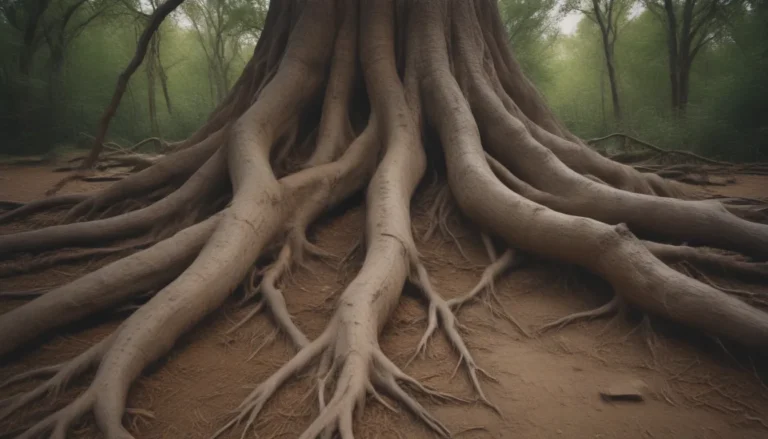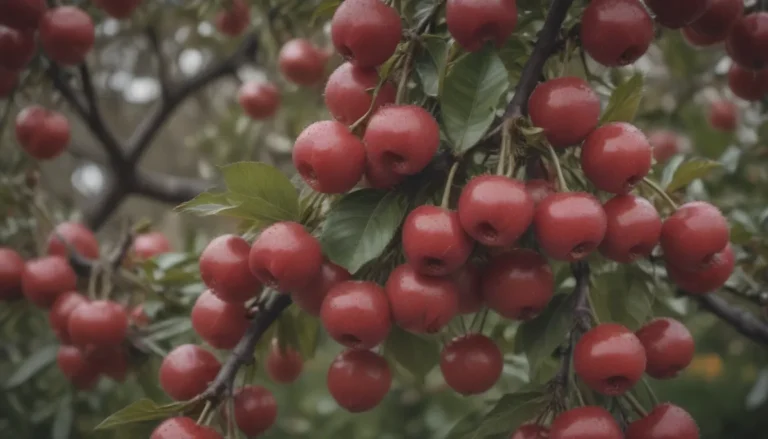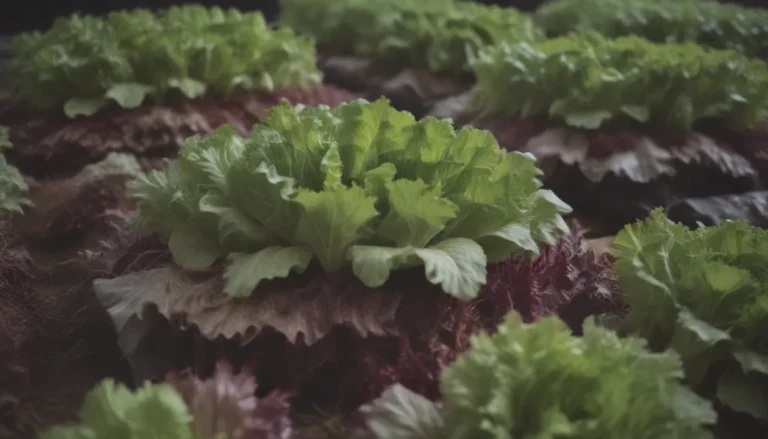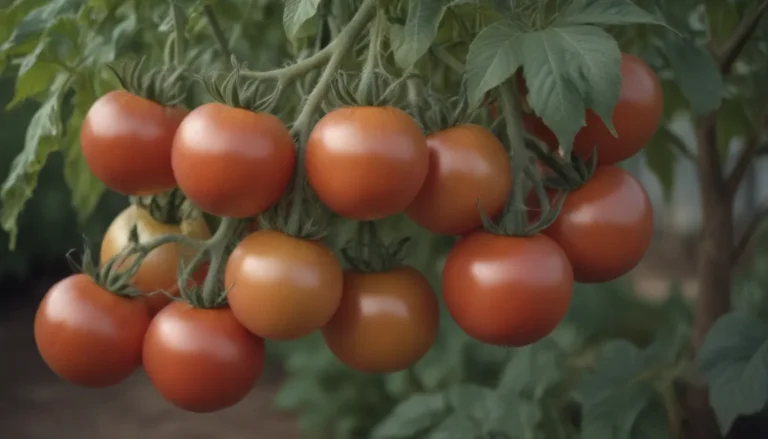Everything You Need to Know About Growing and Caring for the Black Bat Flower

Are you a plant lover looking to add a touch of exotic beauty to your garden? Look no further than the black bat flower (Tacca chantrieri). This unique plant, native to the forests of Asia and Australia, is sure to captivate you with its unusual shape, texture, and color. In this comprehensive guide, we will explore everything you need to know about growing and caring for the mysterious black bat flower.
Understanding the Black Bat Flower
True to its name, the black bat flower resembles a bat with its wing-shaped bracts and seed pods that bear a striking resemblance to bat faces. In addition to its distinctive appearance, the bat flower is sometimes referred to as tiger beard or cat’s whiskers due to its long, whisker-like bracteoles.
The purple variety of the black bat flower features a dark dusky color that ranges from maroon to purple and often appears black. On the other hand, the white flowering variety known as Tacca integrifolia grows twice as large as its black counterpart. Whether you opt for the dark and mysterious black bat flower or the elegant white variety, both are sure to make a dramatic statement in your garden.
While the bat flower may bloom from late spring through early fall, it is important to note that it does not fare well as a cut flower and is best appreciated in its natural garden setting.
How to Grow the Black Bat Flower
Light Requirements
When it comes to growing the black bat flower, providing the right amount of light is crucial. While this plant thrives in warm temperatures, it prefers a shady location. Opt for a spot where the bat flower will receive indirect light, such as the north side of a house, ideally surrounded by other tropical understory plants.
Soil Preparation
To ensure the black bat flower’s overall health and vitality, it is essential to plant it in a rich, well-drained soil that is high in organic matter. Consider amending the soil with peat moss, pine bark, and compost to improve drainage. For container growing, a mix of 50 percent soil, 40 percent amendments, and 10 percent perlite is recommended to promote optimal drainage.
Watering
Proper watering is key to the success of your black bat flower. After planting, keep the soil consistently moist, but be mindful not to let it dry out for extended periods. It is crucial to ensure that the planting location has adequate drainage to prevent waterlogging.
Fertilizing
To encourage healthy growth and vibrant blooms, consider fertilizing your black bat flower. Use a liquid fertilizer suitable for orchids and apply it weekly. Alternatively, you can opt for a general slow-release fertilizer to provide the necessary nutrients for your plant.
Temperature and Humidity Considerations
Given that the black bat flower is a semi-tropical plant, it is sensitive to cold temperatures. To thrive, the plant should be kept in an environment where the temperature remains between 70 and 80 degrees Fahrenheit. If grown indoors, ensure that the plant receives consistent moisture by using a plant mister and humidifier to mimic its natural habitat.
Propagating Your Bat Flower
If you’re looking to expand your black bat flower collection, propagation is an effective method to consider. The plant can be propagated from seeds that have been properly dried, although germination may take some time. Alternatively, you can propagate the bat flower from tuberous roots or rhizome cuttings. Be patient during the propagation process, as it may take some time for the rhizomes to reach a size conducive to flower formation.
Growing in Containers
For those with limited garden space or those looking to bring the beauty of the black bat flower indoors, growing in containers is a viable option. When growing the plant indoors, ensure it is placed near a window that receives indirect sunlight. Additionally, adequate air circulation is important to prevent the plant from becoming root-bound.
To ensure the health and vitality of your bat flower, repotting into a larger container as needed is recommended. A wide, shallow pot works best for accommodating the plant’s unique growth habits. During the summer months, consider placing your containers outdoors, ensuring they are not exposed to direct sunlight.
In conclusion, the black bat flower is a fascinating and visually striking plant that is sure to add a touch of exotic beauty to any garden. By following the tips and guidelines outlined in this article, you can successfully grow and care for this unique plant, bringing a touch of the tropics into your own backyard. Embrace the challenge of cultivating the black bat flower and enjoy the rewards of its unusual shape, texture, and color. Happy gardening!
